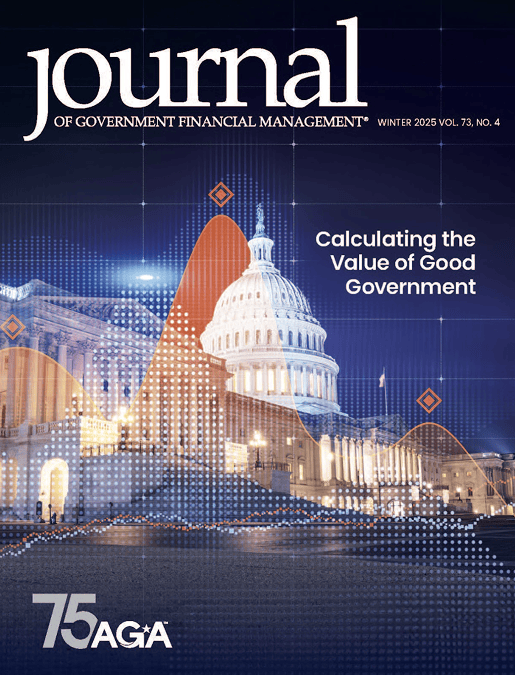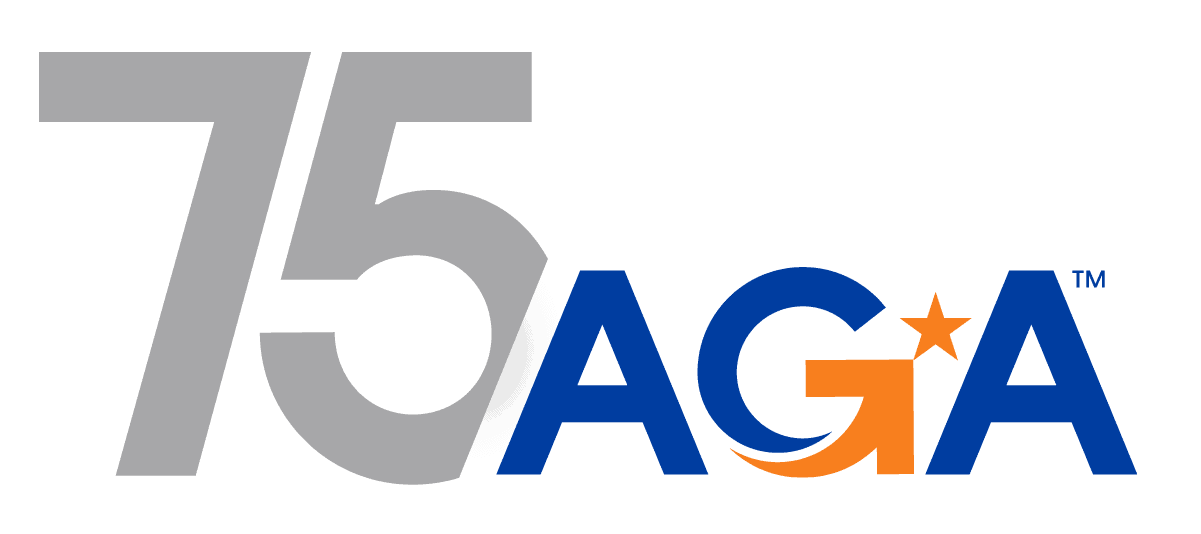The Journal of Government Financial Management
The Journal of Government Financial Management (Journal) is AGA’s award-winning, quarterly publication, providing valuable insights into government financial management. Since 1950, the Journal has featured articles and columns from practitioners and academics, offering expertise based on research and experience. With a circulation of approximately 14,250, the Journal reaches AGA members and international libraries, keeping professionals informed on industry developments.

Online Research Library
AGA provides a comprehensive online library featuring research, reports, and practical guides tailored for government finance professionals. Explore our research and publications to stay ahead in government financial management.

